- Call us: 01444 237070
- Contact Us
- Stores
- Sign In / Register
-
- Back
- Used Cameras
- Used Accessories
- Used Lenses
- Used Video
- Used Film Equipment
- Used Stock Alert
- Used Blank Test
- Sell or Part Exchange
- Used Clearance
- Recently Added Used Equipment
- Park Picks
- All Used Black Friday Deals
- Faulty
- Trade-In
- Blog
- New in
- Call us
- Contact us
- Stores
- Sign in
- Categories
- Tips & Inspiration
- Reviews
- News
- Events
- Features
- Buying Guides
- Competitions
Sony 135mm f1.8 GM Lens Review
Having previously explored the many possibilities of 135mm lens, we thought it would be useful for potential buyers to get hands-on with the Sony FE 135mm F/1.8 GM lens and find out just how versatile it is.
Sony 135mm f1.8 GM Lens Review | A Bokeh Machine Video Review
I was very keen, having never photographed with a short telephoto prime 135mm lens before, so it was high time to head out and see what all the fuss was about.
Join us for this Sony FE 135mm f/1.8 GM review, which is packed with sample images and first hand experience of photographing with this G Master Sony lens in the field.
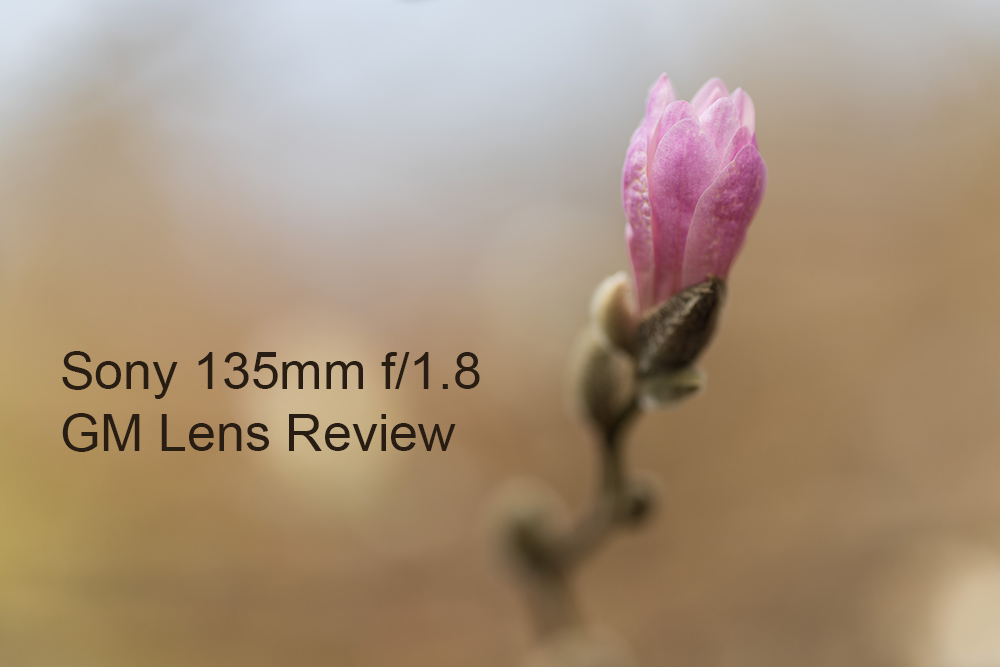
Cover camera settings: Exposure 1/500 sec. f/1.8. ISO 100
Sample images
All of the sample images captured for this review were shot by NIck Dautlich with the Sony A7R V. This full-frame camera features a 60 megapixel sensor, which pushes lens resolving and helps to determine the detail you can expect from the 135mm lens, regardless of which Sony camera you currently use. Images are not cropped.
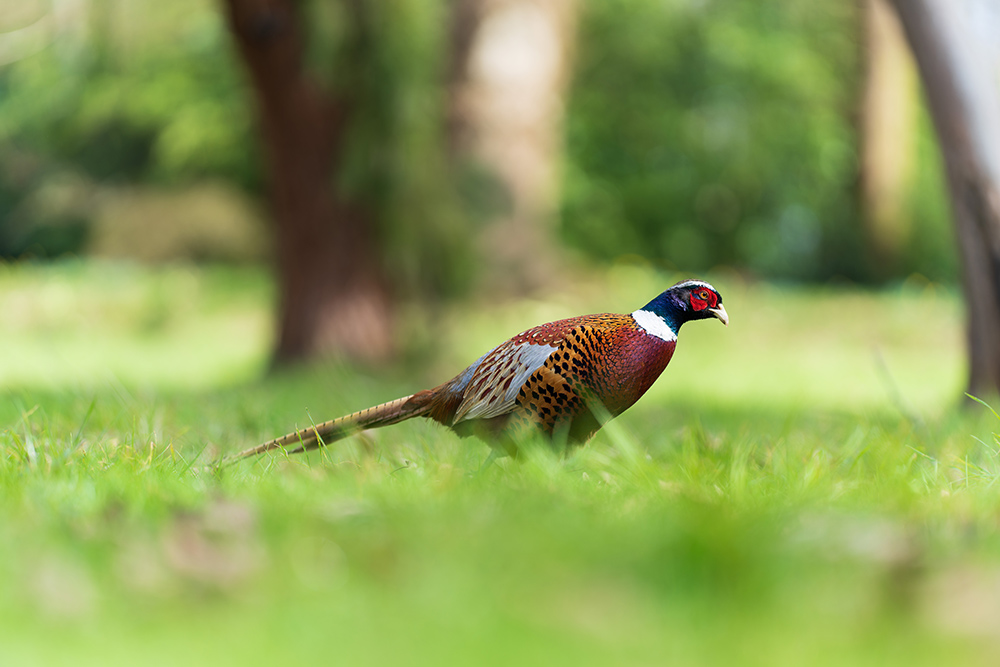
Male pheasant camera settings: Exposure 1/1000 sec. f/1.8. ISO 100
Sony FE 135mm f1/8 GM lens release date and price
The Sony 135mm f1.8 GM is priced at £1,599.00 and was released back in 2019. It was one of the earlier G Master lenses to utilise dual XD linear focus motors, with the same DDSSM (Direct Drive SuperSonic Motor) system as the FE 100-400mm f/4.5-5.6 GM OSS from 2017.
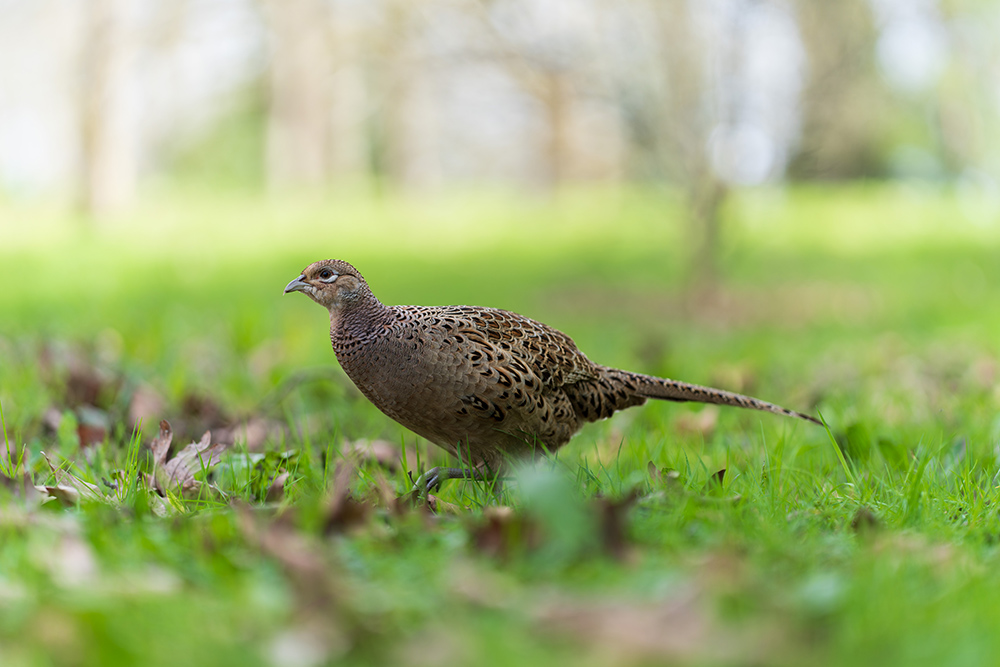
Female pheasant camera settings: Exposure 1/1000 sec. f/1.8. ISO 160
Sony FE 135mm f1/8 GM key features
Although approaching five years old, the Sony 135mm f1.8 is still an incredibly capable and versatile lens. Sony developed this model with an advanced optical design, extremely fast AF system and professional features, ensuring its longevity. Its most notable features include:
- Superb resolution rendered by XA and Super ED elements
- 11-blade circular aperture creates beautiful bokeh
- Exceptionally quick AF with dual front and rear XD linear motors
- Excellent close-up capabilities thanks to a floating focus mechanism (0.7m with 0.25x magnification)
- Full-time manual focus override
- Customisable focus hold button
- Nano AR coat
- 82mm lens filter thread
- Dust and moisture sealing
At 950g and 127mm in length, this lens carries some weight, suggesting potential for lens-based stabilisation. However compensation is solely managed by the camera body, which is perhaps the only feature omitted by Sony that would have been nice to have. That and a lens collar maybe? The jury is out on that.

Couple mural camera settings: Exposure 1/2000 sec. f/1.8. ISO 100
What is a 135mm lens good for?
135mm lenses are highly favoured for portrait photography, but they are capable of much more. As many photographers have noted you need to stand well back when shooting with a 135mm, in order to avoid accidentally cropping the subject, which could be any of the following:
- Portraits
- Fashion and lifestyle
- Pet photography
- Weddings
- Closer wildlife subjects
- Closer / indoor sports
- Detail shots
- Food and product photography
- Street photography
- Landscape and travel
- General purpose
- Videography
This focal length definitely suits subject-driven photography, where there is a defined subject in the frame. If that’s your jam I thoroughly recommend trying a 135mm out, especially if you’re considering an 85mm lens, which is quite similar.
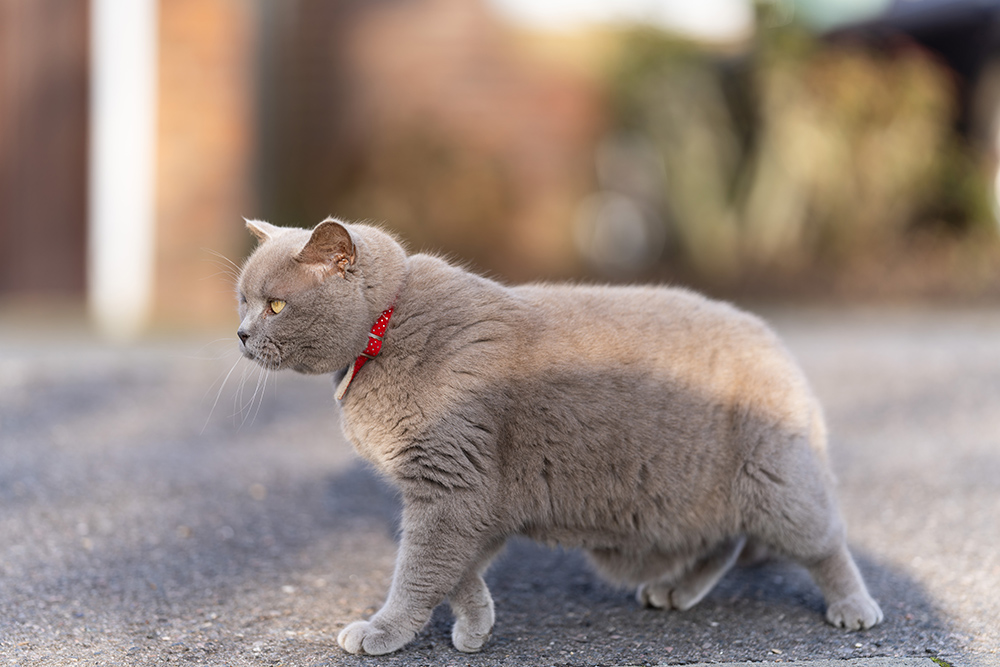
Cat camera settings: Exposure 1/125 sec. f/1.8. ISO 100
Is 135mm better than 85mm?
Mike, manager at the Burgess Hill camera store commented that the 135mm lens came into its own during the Covid pandemic, where it became socially responsible to stand a few feet further back than when using an 85mm lens. This sums up the key difference between 85mm and 135mm primes.
The two are very similar, offering excellent performance at the short telephoto end, with the main difference being how far back you need to stand when shooting. Compression, bokeh and defocus are all comparable, despite the Sony 85mm f/1.8 is considerably more cost-effective than this 135mm GM and the FE 85mm F/1.4 GM.
Both focal lengths benefit from the advantage which a prime vs a zoom lens offers, and at this short telephoto range photographers may prioritise a fast maximum aperture with great image quality over the versatility of a comparable zoom, such as the Sony FE 70-200 GM II lens.
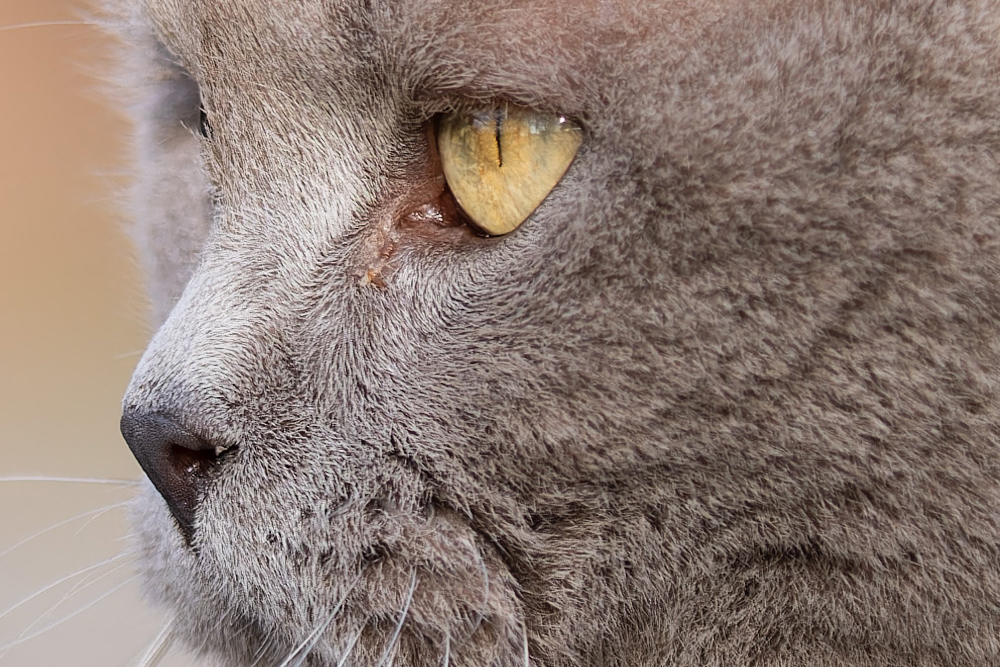
100% crop from the previous image. Wow to that sharpness.
Image quality
When investing in a G Master lens image quality will be a top priority for most photographers, so how does this Sony 135mm perform? In my experience the FE 135mm GM lens showed impressive results, with stunning subject separation, punchy contrast and incredibly sharp details.
For the duration of my time with the lens I shot primarily wide open at the maximum f/1.8 aperture, and the lens displays bitingly pin sharp results, even when wide open.
Subjects show natural falloff between in and out of focus areas, and with the right light the lens can really make your images pop. Defocus areas and bokeh are extremely smooth, with some buttery soft background blur when you have good subject separation. F/1.8 is ample for rendering a shallow depth of field at this focal length, and you’ll definitely need to stop down if you’re relatively close to the subject, in order to get front to back focus.
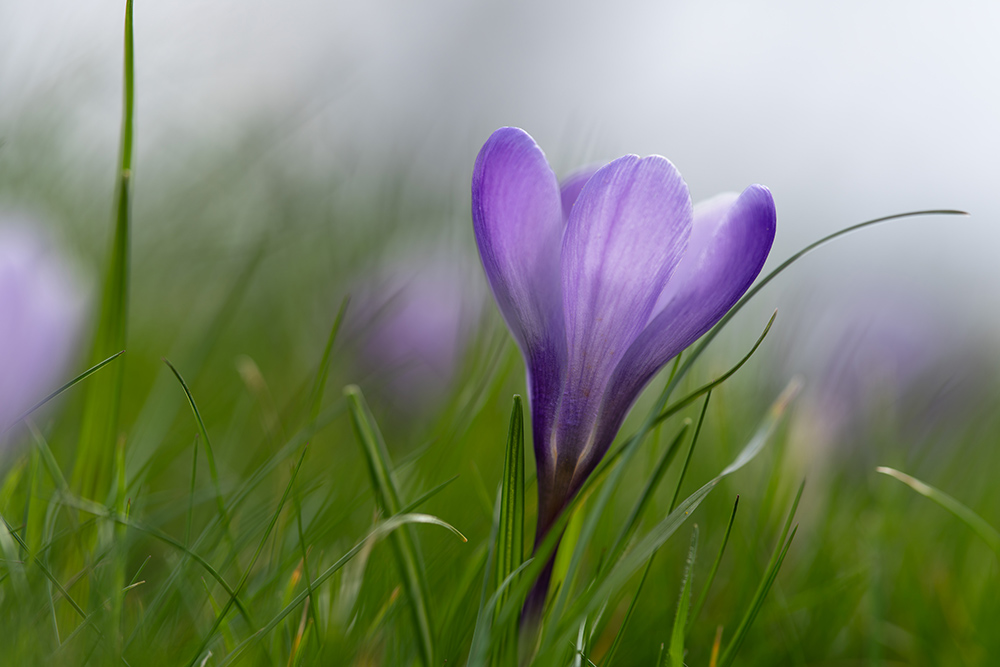
Flower camera settings: Exposure 1/1000 sec. f/2.5. ISO 100
Although I didn’t test sunstars I did notice that flare control was good when shooting directly at light sources thanks to Sony’s Nano AR coat.
The Sony 135mm GM lens will definitely impress anyone who needs impeccable image quality with excellent colour rendition and detailed results.
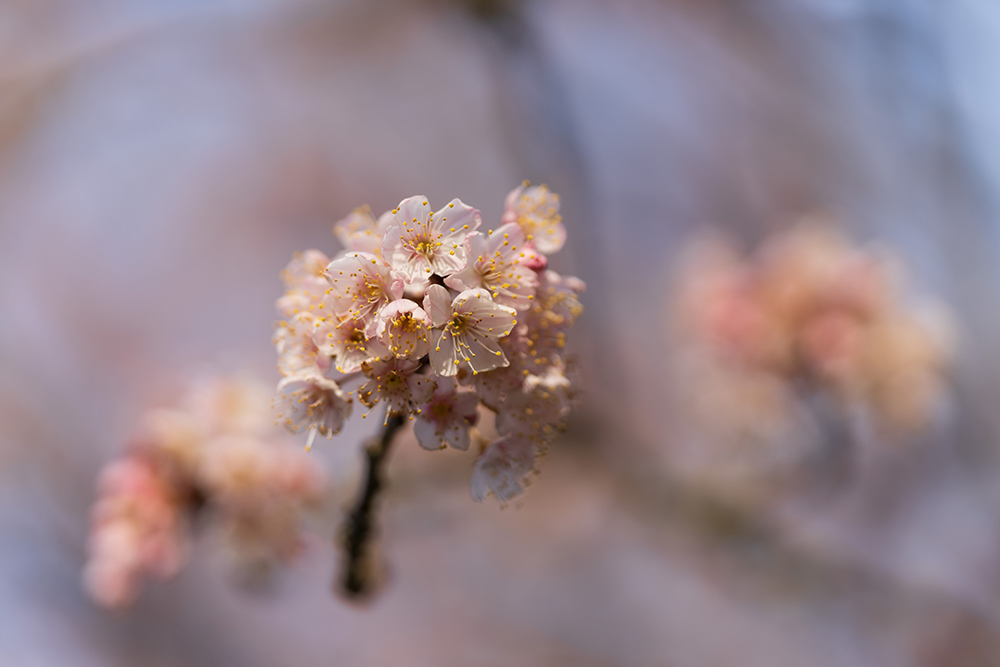
Blossom camera settings: Exposure 1/2500 sec. f/1.8. ISO 100
Close minimum focus distance
It’s worth noting the 135mm lens’ close 70cm minimum focus distance as this provides additional flexibility to capture frame-filling close-up images, especially considering the maximum 1/4 life-size reproduction. Although this isn’t quite tele-macro magnification, it does open up creative possibilities, which is down to the floating focus mechanism.
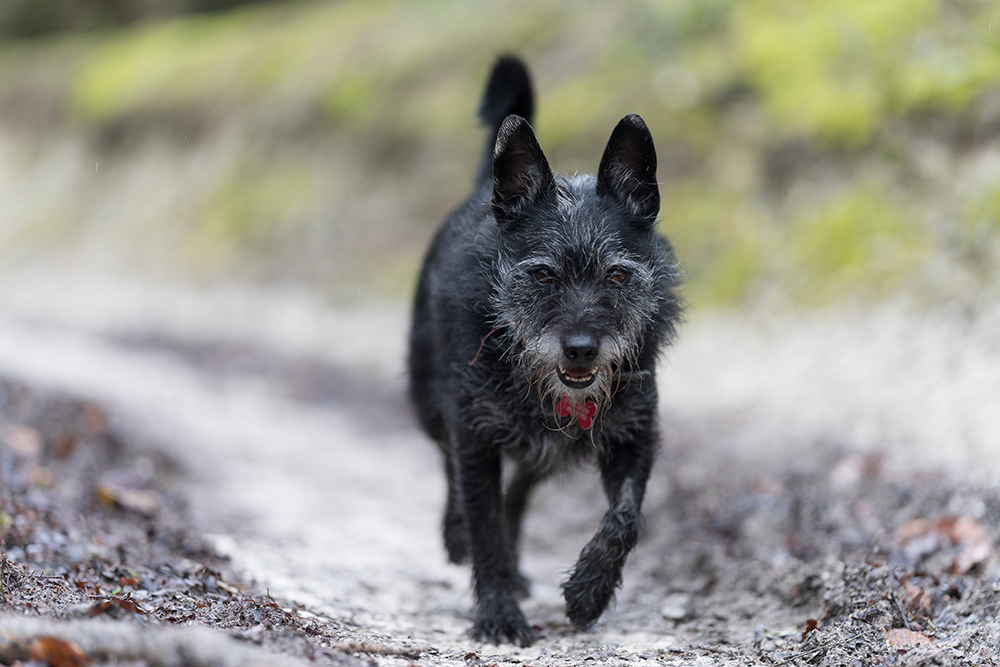
Dog camera settings: Exposure 1/500 sec. f/1.8. ISO 400
Autofocus performance
Thanks to the dual front and rear XD linear motor system autofocus (AF) performance of the Sony 135mm G Master is impressive. You can jump from near to far in an instant, and motor noise is all but silent for those who record video or capture images in sound sensitive environments.
A focus range limiter further enhances AF performance, which worked seamlessly with the A7R V’s subject recognition and tracking feature. Some photographers are concerned about AF at this range, however the Sony system achieves accurate AF, even from 3 metres or more from the subject.
The main times I dropped frames was while capturing images of dogs running towards camera, which is notoriously tricky for an AF system. Even so the hit rate surpassed my expectations and I wouldn’t hesitate to use this lens for sports and action. If this appeals to you, remember that the lens is incompatible with teleconverters, leaving APS-C mode or cropping as alternatives.

How are ergonomics and handling?
As a G Master lens, users can expect the ultimate from Sony in terms of image quality, as well as build and handling. The FE 135mm f/1.8 GM is a fairly weighty prime lens, but not unwieldy, and it complements the slightly larger A7R V body perfectly.
The chunky barrel houses all of the controls, which include:
- Focusing ring
- Aperture ring
- Focus mode switch
- Focus hold button (customisable)
- Focus-range limiter
- Aperture click switch

Flowerpot camera settings: Exposure 1/125 sec. f/1.8. ISO 160
Accessories
With an 82mm front thread you can add lens filters including a UV or protector for the front element. The current generation Hoya 82mm HD NANO II UV Filter is a strong option, while the Hoya 82mm Fusion One Next UV Filter offers similar protection at a lower cost.
A polarising filter such as the Hoya 82mm HD II Circular Polarising Filter is ideal for outdoor photography where this lens really shines, whereas the PolarPro Peter Mckinnon VND Edition II 82mm 2/5 Stop filter is a great tool for video recording in brighter daylight conditions.
If you prefer your gear to be as compact and portable as possible, this is probably not the lens for you. However, if you appreciate razor sharp images, beautiful bokeh rendition and fast autofocus from a premium prime, which is suited to portraits, and a broader spectrum of subjects, then look no further. The 135mm GM is a joy to use and testament to Sony’s experience in creating impressive optics for advanced enthusiasts and professional creators.
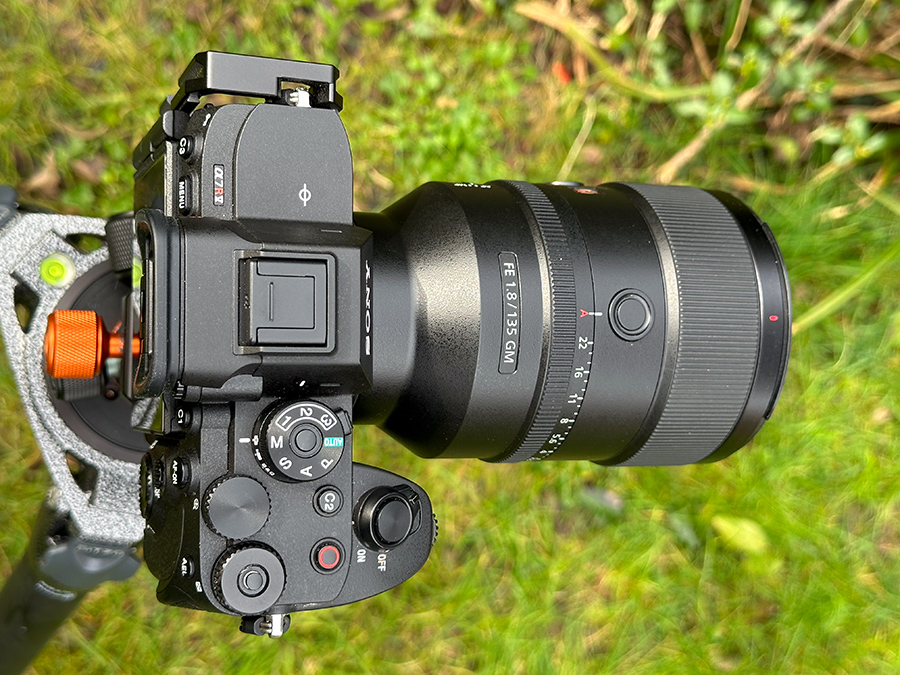
Reserve your Sony FE 135mm F/1.8 GM lens today to take your subject photography up a notch, or browse our extensive selection of Sony alpha lenses to find the perfect alternative for your content creation.
For those upgrading, why not take advantage of our free quotation service when trading-in camera equipment and enjoy a completely stress-free upgrade experience.
Share this post:
By Nick Dautlich on 14/03/2024
Nick Dautlich
Senior Content Writer and Product Reviewer
Nick Dautlich is the Senior Content Writer and Product Reviewer at Park Cameras, with over 15 years of photography experience. A Sony Imaging Professional and expert reviewer, Nick has worked with major brands such as Canon, Sony and Nikon. His work is also featured on Vanguard World UK’s website, Capture Landscapes, and Shutter Evolve. Nick’s photography includes National Trust projects and magazine covers and he is passionate about landscapes and storytelling. Nick also enjoys hiking and teaching his children about nature. Learn more on his profile page.

Trade in your old equipment
Fast and easy trade in service ensures your old gear is collected efficiently and you are paid quickly! It's very simple to trade in your unwanted photography gear. Just head over to our dedicated Sell or Part Exchange page, fill out the details, and we'll get back to you with an offer for your old gear. Take the cash, or put it towards the cost of your new gear. It's up to you! Find out more
sign up to the newsletter
Keep up to date on the latest photography news, events and offers. Sign up now
